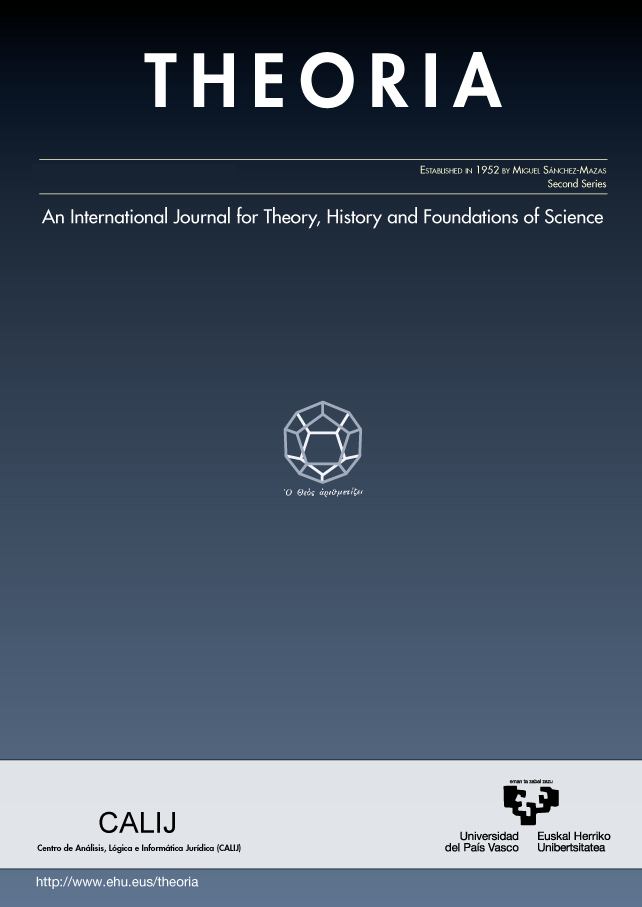Conceptual recombination and stimulus-independence in non-human animals
##plugins.themes.bootstrap3.article.main##
##plugins.themes.bootstrap3.article.sidebar##
Abstract
Camp (2009) distinguishes two varieties of conceptual recombination. One of them is full-blown or (as I prefer to call it) spontaneous recombination. The other is causal-counterfactual recombination. She suggests that while human animals recombine their concepts in a full-blown way, many non-human animals are capable of conceptual recombinability but only of the causal-counterfactual kind. In this paper, I argue that there is conceptual space to draw further sub-distinctions on how different animals may recombine their concepts. More specifically, I propose to differentiate between a) narrow causal-counterfactual recombination; b) broad causal-counterfactual recombination; c) lean spontaneous recombination; d) robust spontaneous recombination. Afterwards, I focus on how these distinctions relate to several previous philosophical ideas on the representational capacities of non-human animals. I also provide several empirical examples suggesting that some animals display one or another of these four ways of recombining concepts, at least in some contexts.
How to Cite
##plugins.themes.bootstrap3.article.details##
Non-human animals, concepts, conceptual recombination, animal minds

This work is licensed under a Creative Commons Attribution-NonCommercial-NoDerivatives 4.0 International License.
Authors retain copyright and grant the journal right of first publication with the work simultaneously licensed under a Creative Commons License.

